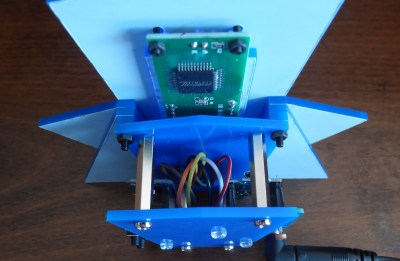It’s been a good 2025 so far! I just got back from Chaos Communication Congress, which is easily my favorite gigantic hacker conference of the year. (Partisan Hackaday pride puts Supercon up as my favorite moderate-sized conference, naturally.) CCC is huge. And it’s impossible to leave an event like that without your to-hack list at least doubling in length.
And then I got back home and started prepping up for the podcast, which meant reading through about a week’s worth of Hackaday in a single sitting. Which in turn adds a few more projects to the list. Thanks for that, y’all!
All of this was possible because people who do crazy nerdy things decided to share their passions with everyone. So in the spirit of the New Year, I’m going to try to document my own projects a little bit better, because if people can’t see what you’re doing, they can’t get inspired by it.
And while it’s my day job, it’s not yours, so I’d like to encourage you to point out a cool project if you see it as well. Because what’s better than inspiring other hackers to pick up the torch on a project you love?




















